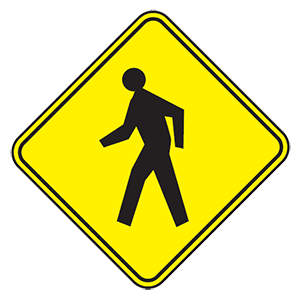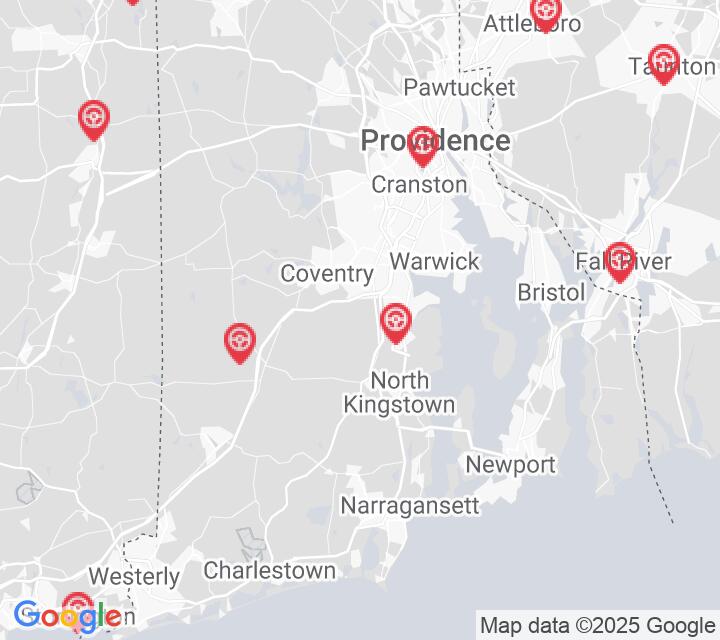2025 Rhode Island Permit Test 22
The following questions are from real DMV written tests. These are some of the actual permit questions you will face in Rhode Island. Each permit practice test question has three answer choices. Select one answer for each question and select "grade this section." You can find this button at the bottom of the drivers license quiz. For a complete list of questions and answers for Rhode Island please visit https://cheat-sheets.dmv-written-test.com/en/rhode-island/car.
Number of Tests
Number of Question
Passing Score
1. When driving in traffic, it is safest to:
Explanation
Crashes often happen when some drivers go faster or slower than other vehicles on the road. Always try to drive with the flow of traffic, within the posted speed limit.
2. This sign means:

Explanation
This sign marks the presence of a crosswalk. Be alert to any pedestrians that may be crossing the roadway.
3. Emotions do not affect the way we drive.
Explanation
Strong emotions, such as fear and anger, can affect the way we perceive and process information. Therefore, emotions often affect the way we drive.
4. Construction zone signs are generally:
Explanation
All temporary signs in work zones have an orange background with black letters or symbols. These signs are found on the right side of the road, or on both the left and right sides if the roadway is a divided highway.
5. Where may drivers make a U-turn?
Explanation
A U-turn is a 180-degree turn that resembles the shape of the letter "U" and reverses your direction of travel. You may not make a U-turn unless you can do so safely and without disrupting other traffic.
6. To avoid being in a truck or bus driver’s blind spot, you should:
Explanation
Because a large vehicle, such as a truck or bus, has large blind spots to its sides and rear, avoid driving alongside such a vehicle and do not tailgate one.
7. If there is a deep puddle on the road ahead, you should:
Explanation
To prevent skidding on slippery surfaces, avoid especially slippery areas, such as ice patches, wet leaves, oil, or deep puddles. The safest surface for driving is a dry, solid surface.
8. When in a travel lane on the roadway:
Explanation


